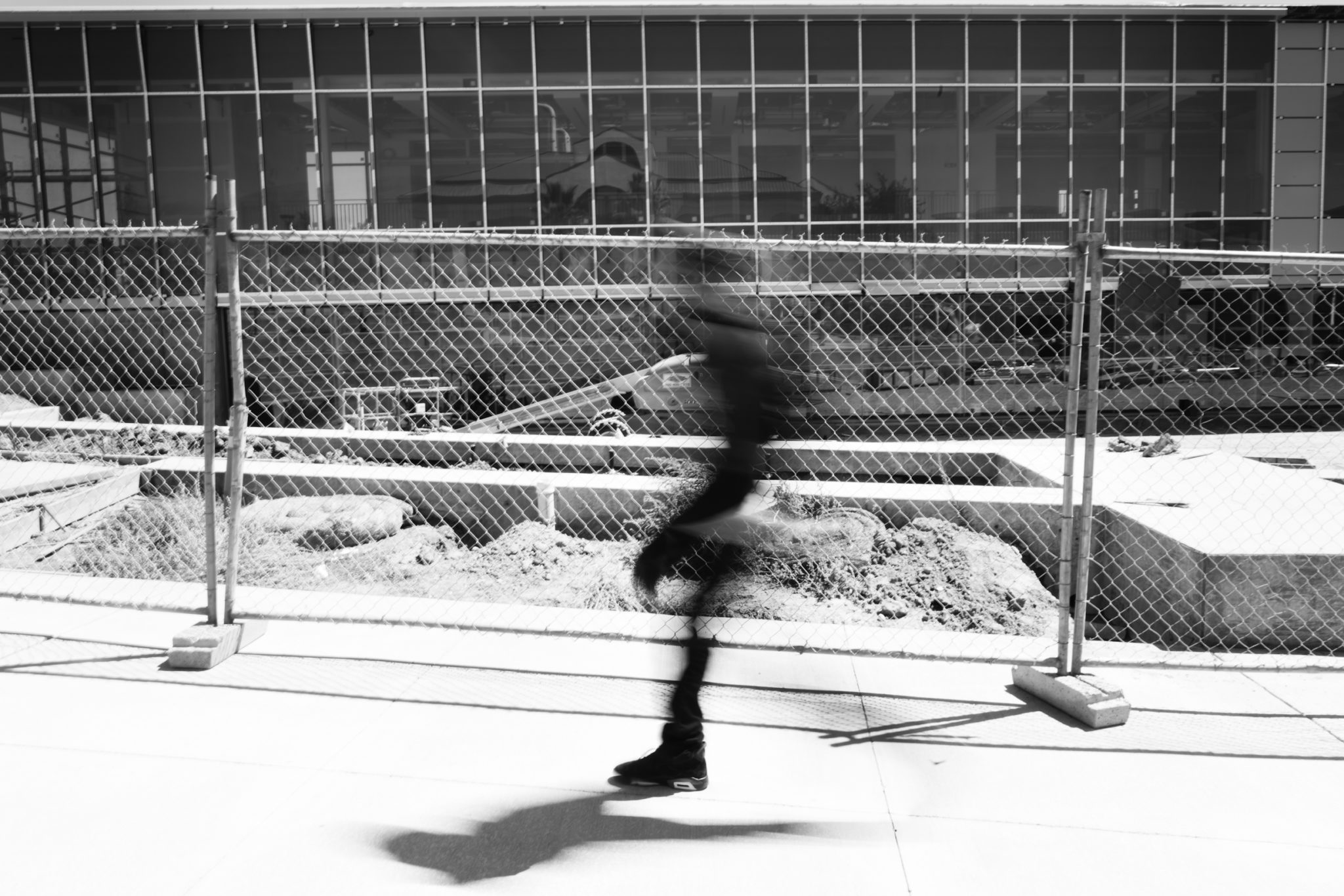@Rebecca.Robiso19
Nia Wilson was simply trying to get on the train, just like everybody else on the platform. The 18 year old was alongside her sisters, Letifah and Tashiya, on July 22.
That night, Wilson was randomly stabbed in the neck and killed at the MacArthur station in Oakland. Her sister Letifah was also stabbed, but survived. Neither of the sisters had any apparent connection with her killer, leaving her murder a crime that seems alarmingly spontaneous.
Unfortunately, she is not the first victim, and likely will not be the last.
Wilson was on the Bay Area Rapid Transit, a popular public transportation system more commonly known as BART. It has recently reached an all time high in violent crime.
According to the San Francisco Chronicle, in the ten years between 2007 and 2017, violent crime on BART has increased 69 percent. Since last year, BART crime has already risen up an astounding 2 percent, with over 222 violent crimes throughout the
first six months of 2018.
In response to these statistics, BART has proposed new security measures in ways that have some citizens concerned. The recent spike in violent crime is being seen as evidence that current systems are not enough.
The long time frame and large expense of the most recent proposal leave commuters feeling frustrated and uneasy about their security. Now, some BART riders fear not only the opportunity for crime, but the economic backlash as well.
Recently, BART’s General Manager Grace Crunican introduced the new safety measures. This includes increased security, $5.2 million emergency call boxes and a new $15 million dollar surveillance system for station entrances with real time tracking, according to DailyCal.org.
However, the new cameras will not be able to support facial recognition, nor can it collect personal information about suspects. The system is estimated to take four and a half years to install, while the call boxes will take about two years.
In addition, the BART Watch App has been promoted more than ever since the tragedies. Since the launch in 2014, the application has been downloaded over 46,000 times. Riders are able to send alerts about robberies, disruptive behavior and more directly to dispatch. However, passengers are not able to contact BART police directly about incidents.
For incidents that are already in progress, riders are encouraged to dial 911.
BART officials also announced in July that new police practices will also be introduced. In an interview with KTVU, Deputy Police Chief Ed Alvarez stated, “We are looking at our deployment strategies, our patrol strategies. And trying to maximize our visibility and our enforcement.”
Even with all the new safety policies being implemented, some Bay Area citizens are still uneasy about using BART.
Livermore resident Lora Jones commented about her commute, saying, “You never know who’s going to be on the train.” When asked about security concerns, Jones stated, “Security is just one part. Not efficiently reacting to medical emergencies is another.”
She later added, “I have come across about 3 or 4 [employees] that actually provided great service and positive attitude.”
“It seems like a waste of that much money. It does not seem like real measures are being taken for future crimes to be prevented and stopped,” Julian Betancourt, a Las Positas College student and frequent BART rider stated.“It feels like a scapegoat to just tell passengers that they will be safe, when in reality there is nothing really being done.”


